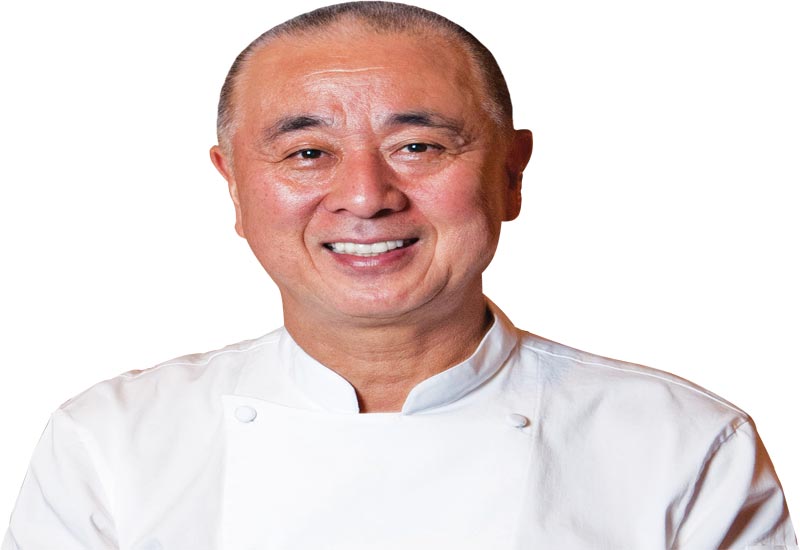The popularity of Japanese food in the Middle East is soaring, yet many of its offerings are overwhelmingly traditional. Renowned figures in the industry explain why
If you were going to label anyone as the modern-day godfather of Japanese cuisine, it would be Nobu Matsuhisa. He opened his first restaurant, Matsuhisa, in Beverley Hills in 1987, and his first Nobu restaurant with Robert DeNiro (who has provided creative direction for all of the owned Nobu Restaurants) in New York in 1994.
He now owns 29 restaurants around the world, including one at Atlantis The Palm, Dubai, all of which are highly regarded for their exquisite design and high standard of food.

| Advertisement |
Matsuhisa is keen to reinforce the strong link between food and fashion in his restaurants, some of which have been designed by award-winning American designer, David Rockwell, and understands that Japanese cuisine must constantly evolve to do this.
“Food is like fashion,” he explains. “It’s like clothing – somebody makes it, but then the next year they change the materials. Food is always changing – we change the presentation, or use new ingredients.
“I started sushi training in Japan, then travelled to South America,” Matsuhisa explains. “I opened a restaurant in Peru, then Argentina, then Alaska, then I opened my first own restaurant in Beverley Hills and the concept was Japanese food with Peruvian influences like chili paste, garlic, olive oils and salsa. The main signature dishes however were all the same – traditional.”
Today, Matsuhisa is still experimenting with cuisine in a way far different from a lot of his peers. His newest favourite technique is to freeze-dry miso to turn it into a flake, rather than use it as a soup or a paste. “I wanted to create a very unique taste, and also the umami,” he explains.
Nobu describes umami as a ‘fifth taste’, and it is also described by Japanese chefs as ‘savouriness’. “It comes from the glutamate [derived from kombu, or edible kelp] or the inosinate [from dried bonito, or dried skipjack tuna] to make dashi – kind of like a stock, which makes all Japanese food taste good.”
Nobu travels for 10 months of the year, making sure his restaurants are kept on-trend, and even though he’s based in Los Angeles, he makes sure he visits Japan at least once a year.
“I don’t change much of the restaurants’ menus when I visit. Basically we change the presentation, or add new ingredients.
“But there are some things in the Japanese dining industry that must always be kept the same,” he says.
“It used to be that Japanese food would never use caviar, never use foie gras, never use these western products, but now more and more even the top chefs are. But they still always use traditional presentation, and restaurant decorations are traditional.
Japanese cuisine has two sides: very traditional dishes and more modern dishes.”
Article continues on next page ...









 Search our database of more than 2,700 industry companies
Search our database of more than 2,700 industry companies










Apr 3, 2012 , Iran
Hello Mr. Masushisa Congratulation for opening Japanese restaurants in the world. We consult and equipped the restaurant and commercial kitchens in our country and I think I can find an investor beyond my customers who interest to open a Japanese restaurant in Iran. Would you please tell me if yo...